Boeing
Forever new frontiers
Boeing is a multinational corporation that designs and manufactures airplanes, rockets, satellites, telecom equipment, and more across the world.
Boeing is a multinational corporation that designs and manufactures airplanes, rockets, satellites, telecom equipment, and more across the world.
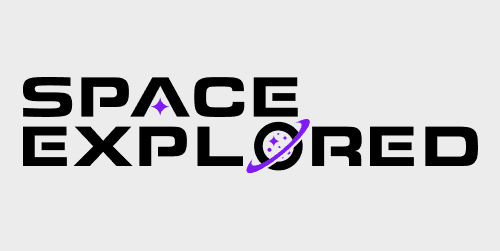
Blue Origin announced on Monday official plans to build a commercial space station named Orbit Reef.
Expand Expanding Close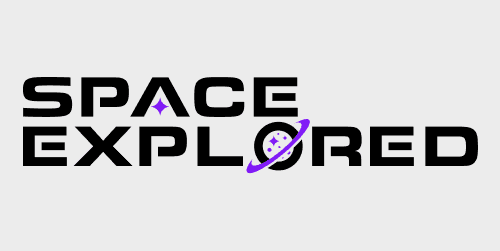
In August, Boeing attempted to launch its second Orbital Flight Test mission to the International Space Station but was plagued by valve malfunctions. Since then, Boeing and NASA have been giving updates on where they are with returning to launch.
Expand Expanding Close
Since 2000 humanity has had a constant presence of individuals orbiting the Earth onboard the International Space Station. With the rise of commercial opportunities to reach for the stars, and other nations begin their crew launch programs, when is the next crewed launch?
Expand Expanding Close
To put it bluntly, Boeing’s attempts at an Orbital Flight Test of their CST-100 Starliner capsule have been a complete wreck. The success of Starliner is imperative so NASA will have redundant systems for access to the ISS, but a delay to 2022 is unsurprising.
Expand Expanding Close
Update: In a press conference Boeing and NASA detailed why they will be moving Starliner back to their factory and the next possible launch opportunities.
The ongoing saga that is Boeing’s Starliner spacecraft takes another unfortunate turn today. Boeing has announced that it will return Starliner to its factory after experiencing hardware issues that prevented a launch attempt.
Expand Expanding Close
Last week Boeing paused its second Starliner orbital flight test mission to the ISS after discovering propulsion issues with the spacecraft at the launch pad. The company has released a new update today on the latest status of the mission.
Expand Expanding Close
Update: A few hours before launch Boeing announced that the launch was postponed due to issues with “unexpected valve position indications” used in the propulsion system.
After the missed opportunity to dock with the International Space Station due to a timer issue on its first flight a second test flight was needed. Boeing will be performing their second orbital flight test for their Starliner crew capsule as soon as Friday to dock with the ISS. This will also serve as the final test before NASA puts crew onboard to determine if it’s ready.
Date: Tuesday, August 3rd at 1:20 p.m. EDT
Expand Expanding Close
After a year and a half of focusing on software issues, Boeing has paused its Starliner Orbital Flight Test 2 (OFT-2) mission to the International Space Station today. The launch was scheduled for this afternoon but scrubbed hours before liftoff due to a propulsion system issue with the spacecraft.
Boeing’s mission is to have its uncrewed Starliner spacecraft reach the International Space Station and return safely before it can be rated for human spaceflight. Boeing is one of two providers for NASA’s Commercial Crew Program (along with SpaceX) to transport astronauts to and from the space station.
Expand Expanding Close
NASA and Boeing will attempt to launch the Starliner Orbital Flight Test 2 (OFT-2) mission on July 30th at 2:53 PM EDT. This comes after a successful Flight Readiness Review today.
Expand Expanding Close
NASA Astronaut Matthew Dominick visited ULA’s SLC-41 at Cape Canaveral Space Force Station to check out Starliner and shared an interesting photo of the VIF’s floors.
Expand Expanding Close
Boeing’s Starliner Capsule for Orbital Flight Test 2 began its rollout from the company’s processing facility to ULA’s vertical integration facility. The capsule has been secured to the Atlas V rocket which will launch it to the International Space Station at the end of the month.
Expand Expanding Close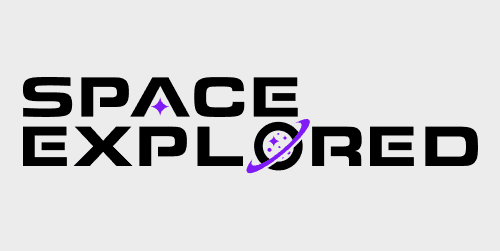
It’s a slow process but NASA is stacking their first Space Launch System rocket in the VAB at Kennedy Space Center. The newest part was just stacked in the last few days.
Expand Expanding Close
United Launch Alliance loaded an Atlas V Booster and Dual Engine Centaur onto their Rocketship boat over the weekend. Its destination? Florida. This isn’t just any ordinary Atlas V though, this will be the first one to carry crew to space. The Boeing Starliner Crewed Flight Test (CFT) is still expected NET late 2021. However, a second Orbital Flight Test is needed.
UPDATE: ULA Begins OFT-2 Booster Stacking
UPDATE: RL-10C not to be used for upcoming Atlas missions
Expand Expanding Close
An Atlas V booster and Dual Engine Centaur have arrived at the Atlas Spaceflight Operations Center (ASOC) after being offloaded from the Rocketship transport vessel. Spaceflight media was invited to attend the event to provide coverage. This is the third human-rated Atlas V rocket to be delivered to the Cape, with the first being stacked ahead of the Orbital Flight Test 2.
Expand Expanding Close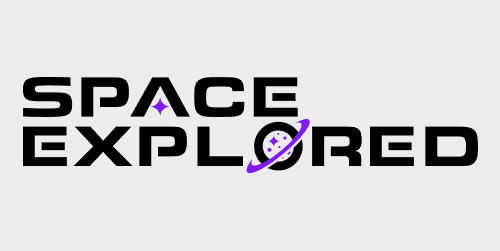
Boeing is one step closer to joining SpaceX in launching astronauts to the International Space Station for NASA. The company’s Starliner spacecraft will conduct its second uncrewed orbital flight test, known as OFT-2, as soon as July 30. OFT-2 is Boeing’s second shot at having its spacecraft reach ISS, dock, and undock before returning to Earth.
Expand Expanding Close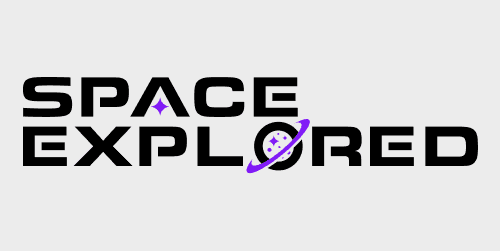
The new rocket built to be able to compete with SpaceX’s Falcon 9 and give ULA an increase in launch capability is getting very close to its first launch. The new fairings are the latest in parts beginning final testing.
Expand Expanding Close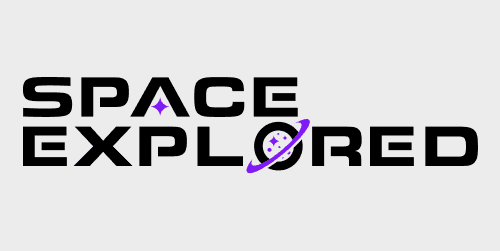
Boeing is positioned to start flying astronauts to the International Space Station for NASA as soon as this year, but the Starliner spacecraft must complete an orbital flight test without crew. NASA and Boeing now have a new date set for when the OFT-2 mission will be conducted. If successful, Boeing’s Starliner will join SpaceX’s Crew Dragon in transporting astronauts from the U.S. to the ISS for NASA’s Commercial Crew program.
Expand Expanding Close
In December 2019, Boeing’s Starliner crew ship failed to reach the International Space Station (ISS) during its Orbital Flight Test mission. Later it was discovered that multiple errors in Starliner’s software caused the failure. Because of this, if Boeing wanted to test Starliner again, its software would need to achieve a formal requalification.
Expand Expanding Close
Originally planned to be a part of the first iteration of Space Launch System, the Exploration Upper Stage (EUS) is set to start being used on the SLS Block 1B variant of NASA’s Moon rocket. Boeing, the prime contractor for NASA’s SLS, announced this week that they have completed a critical design review for the new upper stage of the rocket.
Expand Expanding Close
After a few weeks of trial and error, NASA says it has completed the wet dress rehearsal test step for the core stage of Space Launch System, the agency’s rocket to the Moon and beyond. This is the final step before NASA and Boeing engineers fire the core stage in place for eight minutes to collect data.
Expand Expanding Close
The Starliner team is gearing up to conduct the next uncrewed orbital flight test for the astronaut-carrying spacecraft, and Boeing has revealed a thoughtful mission patch that symbolizes how personal the mission is for everyone involved.
Expand Expanding Close
After the failure of Starliner’s first uncrewed test flight back in December 2019, Boeing and NASA are finally ready to give it another go. The aerospace company is now targeting March 29, 2021, to launch Starliner’s second uncrewed flight.
Expand Expanding Close
Boeing is currently developing a new spacecraft called Starliner that will be used to send astronauts to the International Space Station from Kennedy Space Center in Florida. This week Boeing released footage of its sixth and final parachute test as it progresses toward its next uncrewed test flight using Starliner.
Expand Expanding Close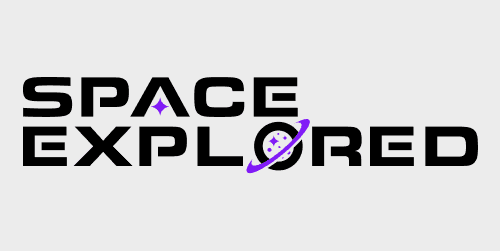
On Wednesday, the Federal Aviation Administration (FAA) cleared the notorious Boeing 737 MAX for flight after a 20-month ban. The ban came after two fatal crashes of the Boeing 737 MAX in just five months, which sadly caused 346 passengers to lose their lives.
Expand Expanding Close